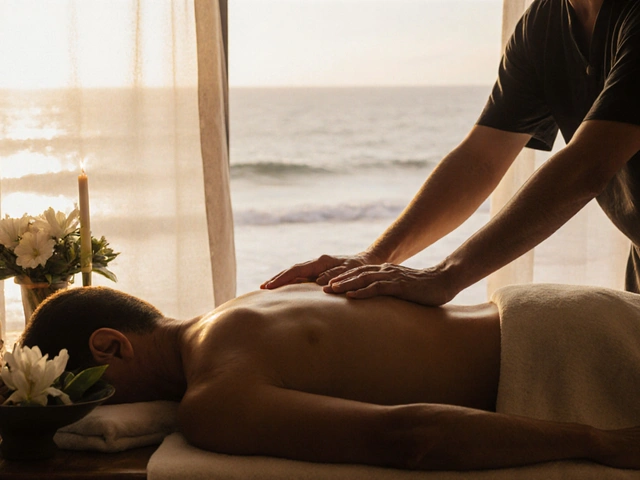Traditional Techniques: Practical Healing You Can Use Today
Some of the oldest healing methods still work because they focus on simple things: touch, breath, rhythm, and attention. Traditional techniques—like Ayurvedic massage, Maya abdominal work, Reiki, aromatherapy, and myofascial release—aren’t mystical tricks. They’re hands-on or mind-body tools you can use to reduce tension, improve comfort, and boost calm for both people and pets when done safely.
If you want fast, useful results, pick one method and learn a few reliable moves. A 10–15 minute massage after a walk, a short guided breathing session, or a gentle aromatherapy routine can change how you and your dog feel that day. Watch responses closely: relaxed breathing, soft eyes, and loose muscles mean you’re on the right track. Stiffness, yelping, or avoidance means stop and reassess.
How to choose and start
Ask yourself: what do I need—pain relief, better sleep, calm, digestion help? Match the technique to the goal. For muscle tightness, try neuromuscular work or myofascial release. For stress and focus, meditation, guided breathwork, or biofeedback help. For gentle whole-body care, consider Ayurvedic or Maya abdominal massage. If your dog is the target, stick with gentle stroking, long slow rubs, and avoid strong pressure near ribs and spine unless a trained canine therapist guides you.
Start slow. For human self-care, schedule two short sessions a week and increase as you notice benefits. For a dog, begin with 3–5 minute sessions and watch body language. Always check with a vet before using new oils, and ask a qualified therapist before trying deep work on injuries or after surgery.
Quick how-tos you can try today
Simple massage for tension: warm your hands, use light oil or lotion, and use long strokes along muscles. Keep strokes toward the heart and avoid brittle, painful spots at first. For trigger points, gentle hold (10–20 seconds) often relaxes the knot better than pressing hard.
Breath mini-break: inhale for 4, hold 1, exhale for 6. Repeat three times. It slows the heart rate and clears the head fast. Try this before a stressful vet visit or when your dog seems shaken after fireworks.
Safe aromatherapy basics: many essential oils are too strong for pets—never use tea tree, eucalyptus, or peppermint on dogs. Lavender or chamomile, heavily diluted (around 0.5–1% for pets), can be calming when used in a diffuser for short periods. Always ventilate the room and watch for coughing, sneezing, or unusual behavior in your dog.
Want more? Pick one article tag on this page—Ayurvedic massage, myofascial release, biofeedback, or Reiki—and read a full guide before trying advanced moves. Traditional techniques reward consistent, small steps more than dramatic one-offs. Use them regularly, keep safety first, and you’ll see practical results without the hype.

Discovering Serenity: Laos Massage Benefits and Techniques
Explore the calming and therapeutic world of Laos massage. Learn about its unique practices, the benefits it offers, and tips on experiencing this serene form of relaxation. Perfect for anyone looking to refresh their body and mind.




